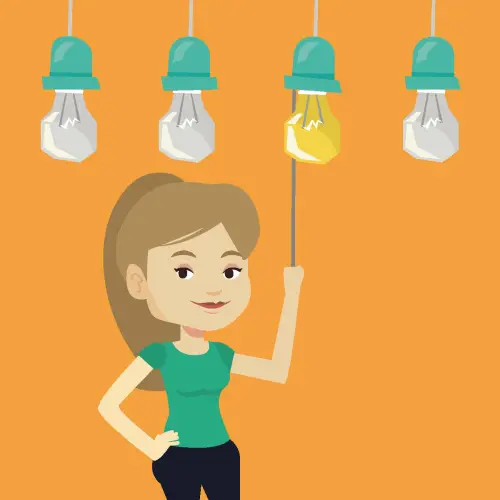I regularly get to show people the difference between open and closed questions. Doing it before, because almost everyone knows the theory. It is, somehow, difficult to put into practice. We’ve known what’s below for a long time. So the chances of applying it are slim. No worries. It takes training to become unconsciously skilled at asking questions.
Closed questions
To closed questions, the answer is “yes” or “no” Closed questions also have a function. You use a closed question to get confirmation. A closed-ended question helps you gain clarity. Pretty nice, the occasional closed question. As long as you don’t start it.
“Do you have time to discuss that with me now?”
Open-ended questions (Who, what, where, why, when, how?)
You ask an open-ended question to retrieve knowledge. You give your interlocutor space to choose his own answer. It could be anything. Be prepared to ask a floor question after an open-ended question.
“What do you value about our service?”
In-depth questions
One answer to an open-ended question is rarely enough. An example: Ask your customer a question about what he values about your product or service. It might just be (according to our own research in 90% of cases) that the customer then says they appreciate your quality. That’s nice. Do you know what the customer means by quality? Or is it nicer to let the customer tell you. Time for a deeper question.
“What does ‘quality’ mean to you?”
Then the next in-depth question. Just until the can ask the control question:
“So if I understand correctly you mean by quality ….. Is that correct?”
How to move forward?
You probably belong to the 80% of readers who already know all this. The chances of applying it correctly are much lower (less than 20%) So how do you make sure you become skilled at asking the right question at the right time?
The simplest answer to that question is by signing up for one of our short, accessible and highly rated workshops in that area. It is highly recommended: You become wiser, I can share my knowledge and the world becomes a little more beautiful.
You can also do something about it yourself. You do need a consistent colleague for that. You agree with each other that you will always answer a closed question to each other with “yes” or “no. That seems easier than it is, because most people like to add after that answer. For example, someone to whom you ask the question “Will you join me for lunch in a moment?” will generally respond with “no, because I have to finish this job.” So it takes some practice not answering closed questions for too long but (also an experience mark) if you do that well you quickly help each other get up to level with asking open questions.
You are now at the end of this blog. Below is our contact form. We’ll do a little exercise: Ask me an open question there.




